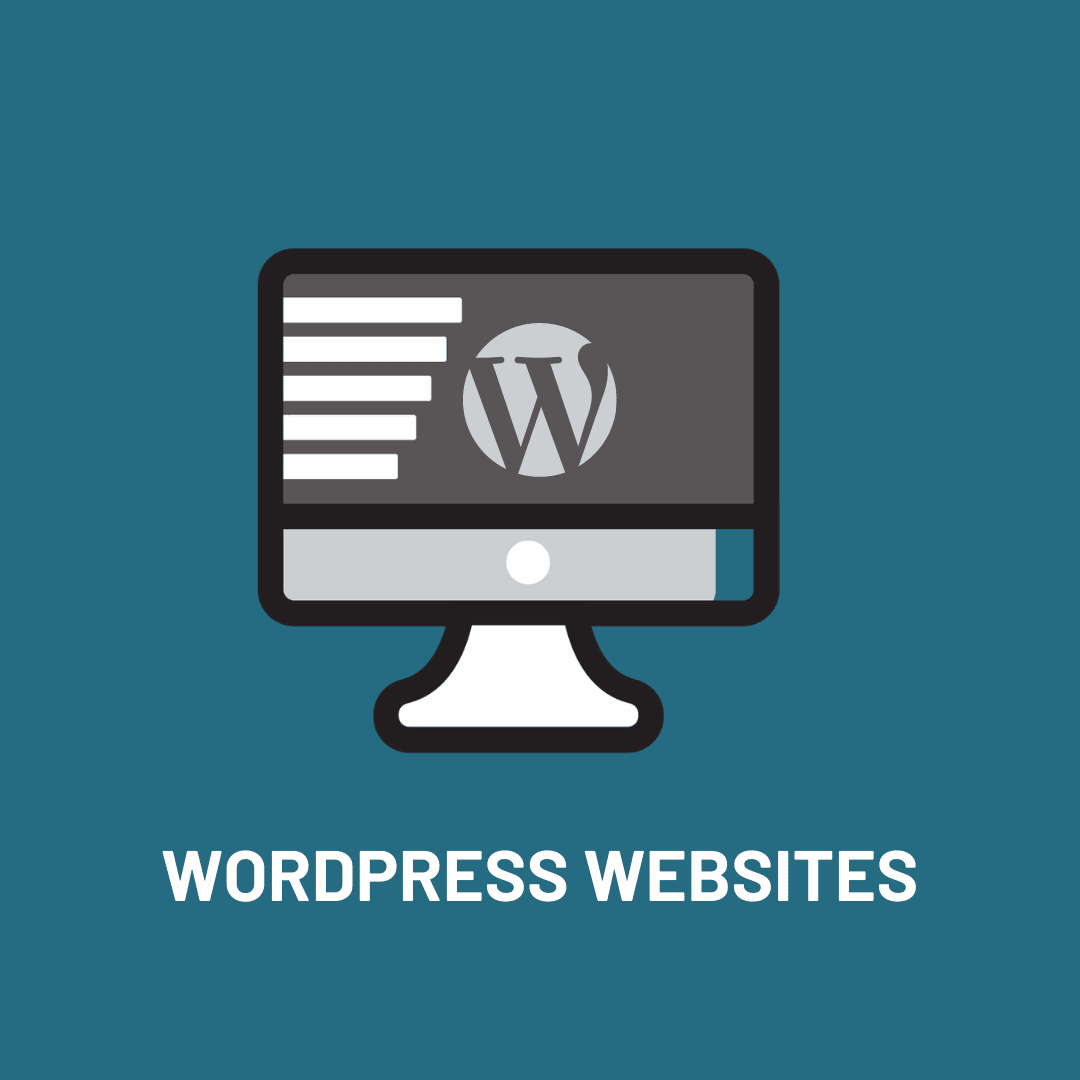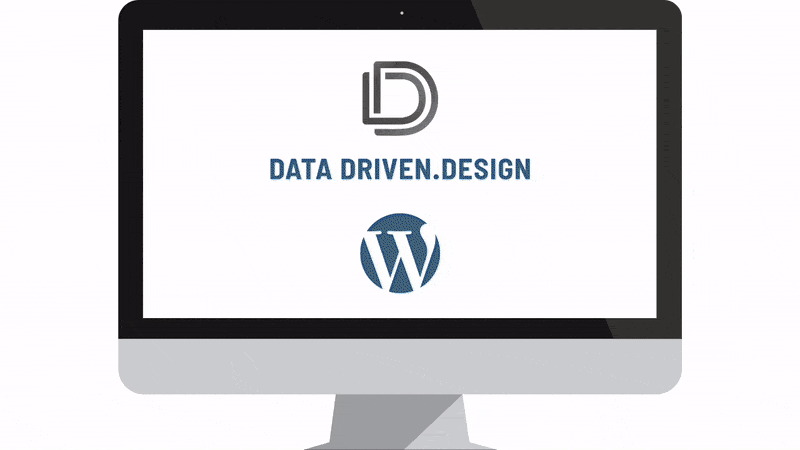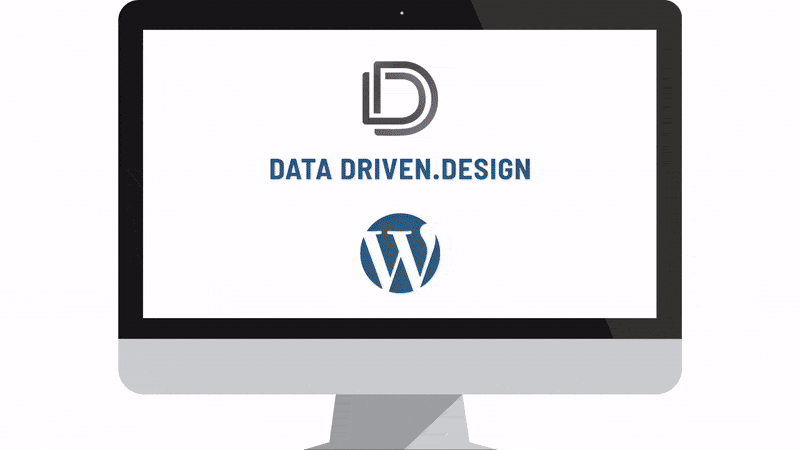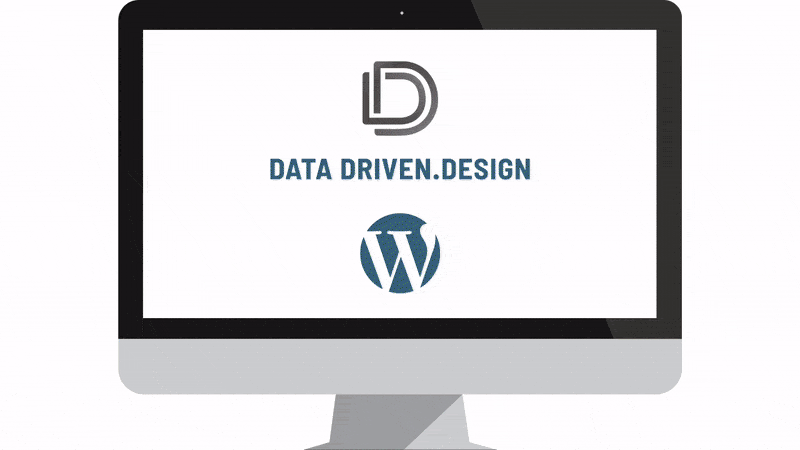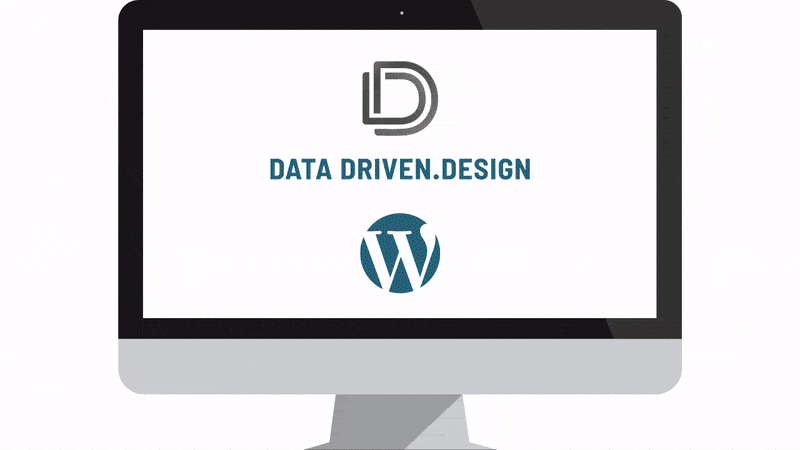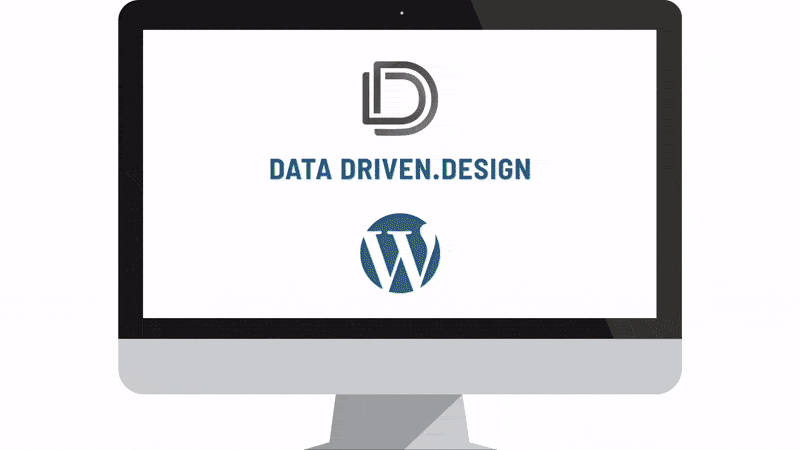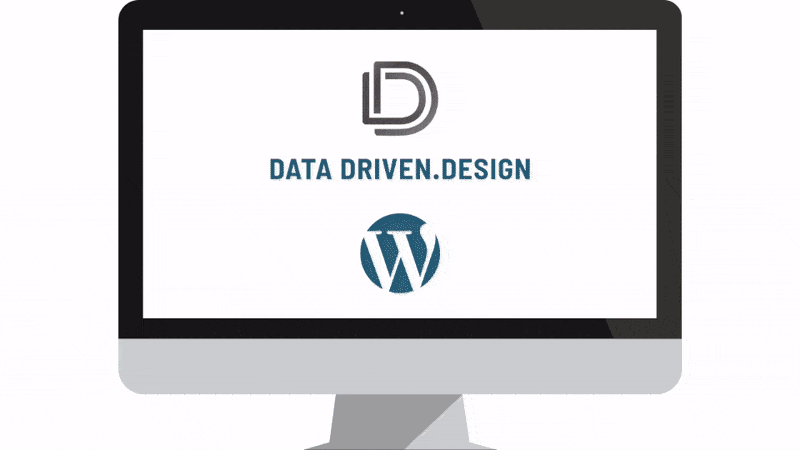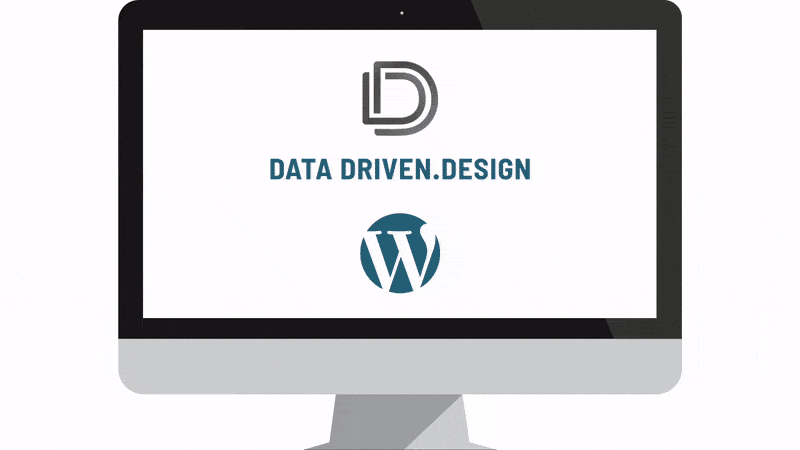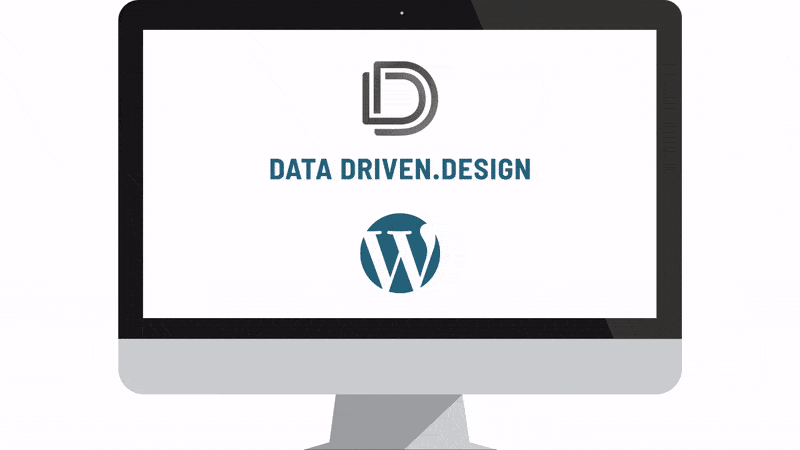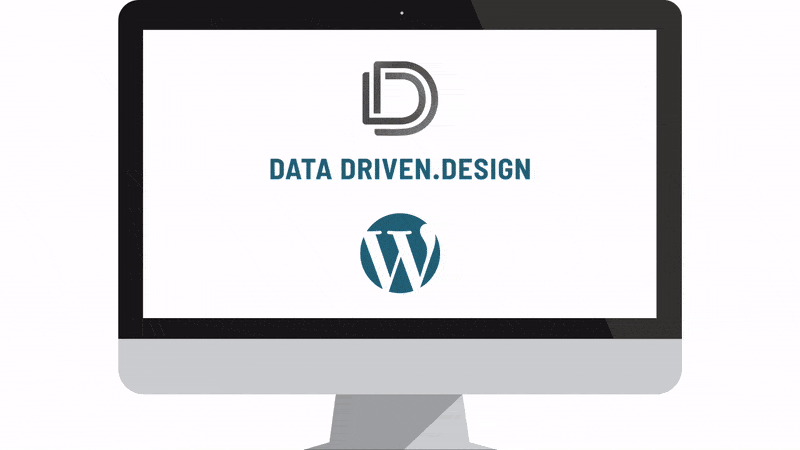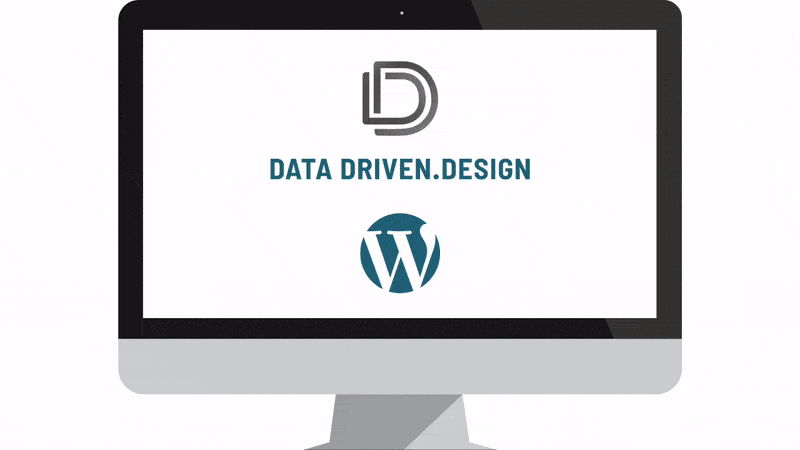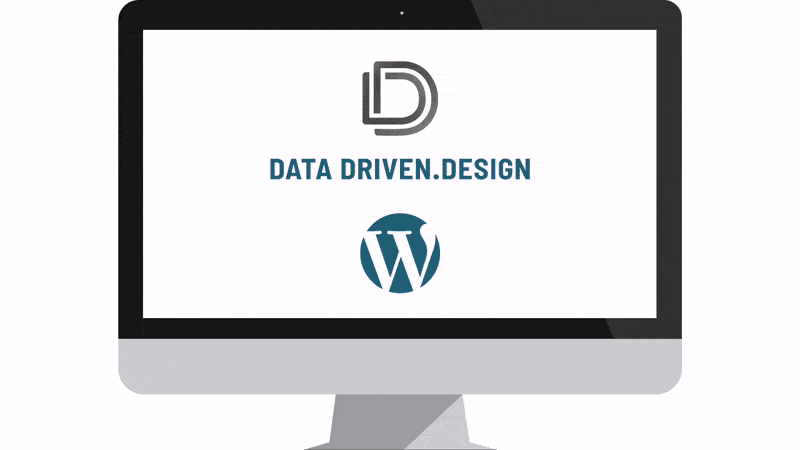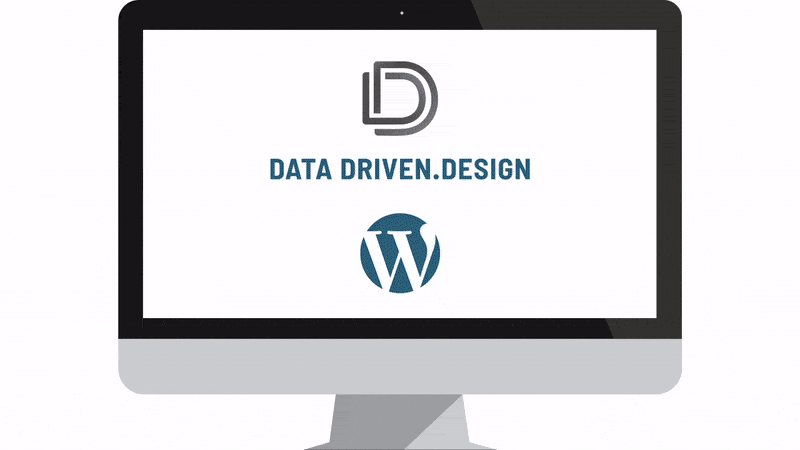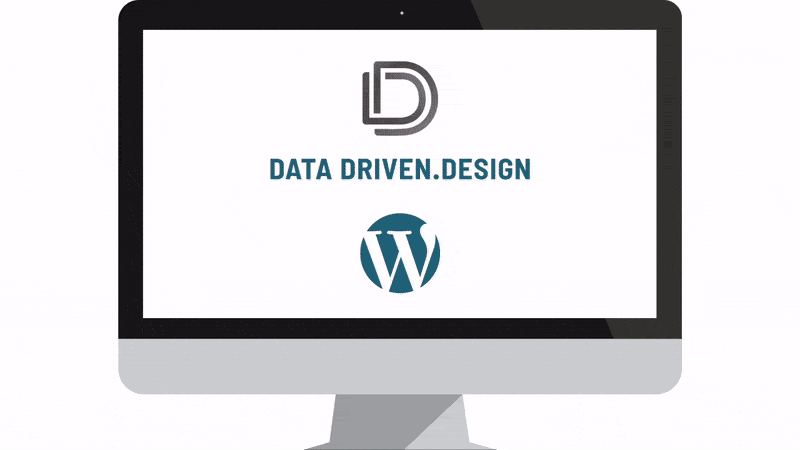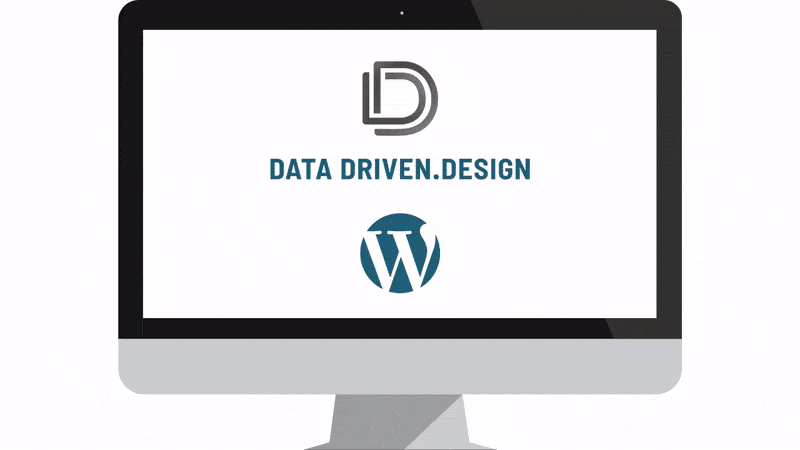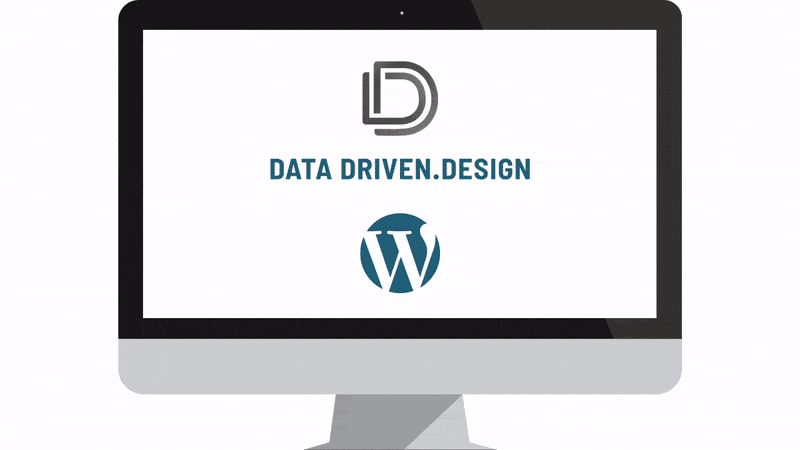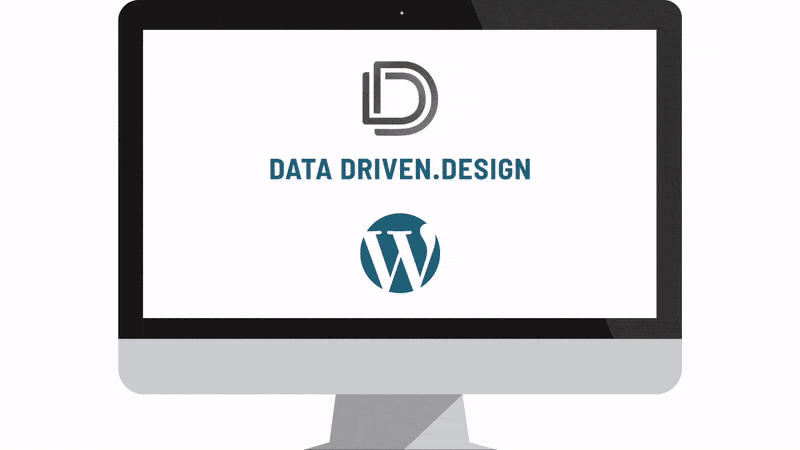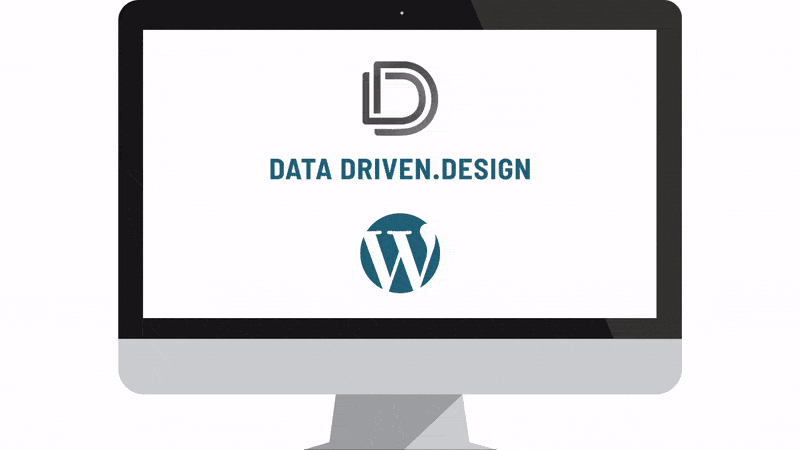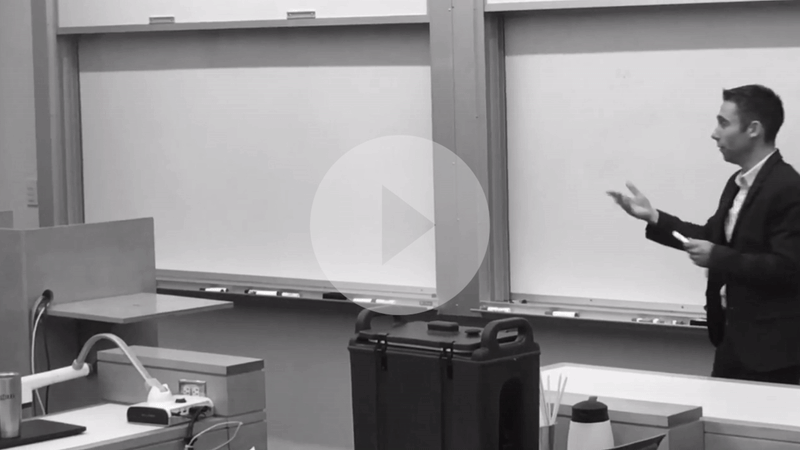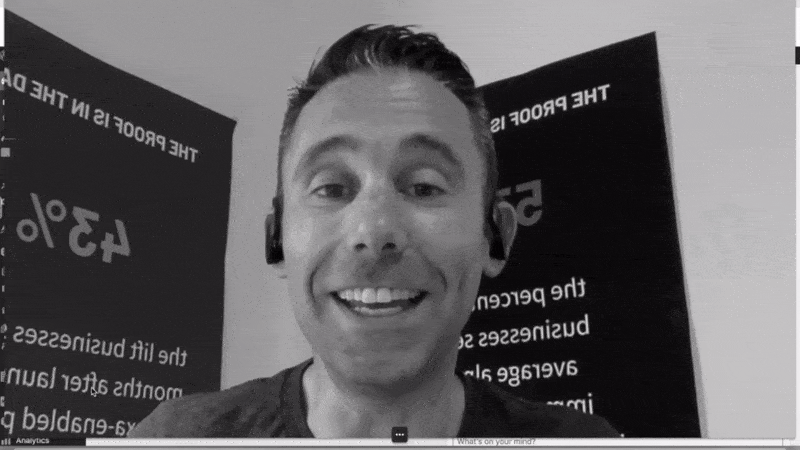How To Run Targeted Ads On YouTube (And Why You Need To) – Data Driven Daily Tip #216
WATCH
LISTEN
READ
Let's say you're planning a family vacation. You've obviously searched on Google countless times for cruise lines, hotels in Orlando, or even attractions in Jacksonville.
Then, when taking a break from your vacation planning, have you ever watched a YouTube video, say on how to fix your car, how to unclog your sink, or even simply watched Football highlights or EllenTube?
Stay with me. If not, let's just say for the sake of this blog post that you have.
So in all of this internet activity, have you noticed that you've started to see ads for family vacation destinations that have NOTHING to do with Football highlights, or unclogging your sink?
In other words, your Google Search History is now being reflected in your YouTube video leisure time.
Google owns both platforms, and has figured out a way to make this extremely effective marketing happen.
In happens within Google Ads (the new Google Adwords) and it allows you to run video ads on YouTube in any number of ways.
IMPORTANT CONCEPTS TO RUNNING YOUTUBE ADS
The video on this page breaks down a lot about how to make this happen, but the top things you need to know in addition to what I cover in the video are:
1. Each YouTube Ad can be run to one or more audiences based on several behavioral data points.
You can run an ad to audiences based on who they are and what they're interested in.
You can run an ad to audiences based on what they're researching or planning (what they're searching for in Google).
You can run an ad to audiences based on what they're searching for in YouTube (different, very different than above).
You can run an ad to audiences based on what websites they visit (much like the Google Display Network).
You can run an ad to audiences based on what videos or channels they watch on YouTube.
Now, if you combine any of these, you can limit your reach. I'll explain more on this as you read on.
2. You can run YouTube Ads to people that are more likely to Fill out a Lead Form on Your Website or Purchase From Your Website (these are called Conversion-based ads and are optimizes for Conversion Actions, meaning you can also set an amount that you're willing to pay for each conversion instead of click, but you have to have Google Ads Conversion Tracking Implemented on your website (here's how to do that).
3. You can run contextual ads on YouTube as well as Video Ads, but in order to run Video Ads, you must have video creative uploaded to YouTube to run InStream (also known as Pre-Roll) ads. This blog post is about running Video Pre-Roll, InStream Ads. And I'm using one that I've created for Data Driven Design as an example. Here's the step-by-step process I followed:
IMPORTANT STEPS TO RUNNING YOUTUBE ADS
Step 1: I decided on my audience specifics.
First I decided that I wanted to only run my YouTube Ad to people who were searching for phrases related to Web Design and Development Business Services, SEO Services and Web Hosting Services on Google. The video above and some screenshots below show you HOW I did this.
I decided that I wanted the video to be :15 long and be in the "InStream" PreRoll spot that shows the "Skip Ad" option (these ads are cheaper than the non-skippable ones).
So I made my video around that concept.
Step 3: I decided I wanted users who clicked the Call To Action on this ad this to go to my homepage - https://datadriven.design.
Data has shown us time and time again that ads are typically more effective when you drop the user on a page that allows them to navigate to a conversion page themselves, and with our big "Request A Proposal" button in our top nav, my confidence level is high that users who click the ad will figure out how to let us know if they want a proposal from us. 🙂
Step 4: I logged into Google Ads and executed the campaign set-up. More on this to come, but it's super easy.
Now, check out the screenshots below and I'll explain more about how I tactically executed running a targeted ad, but not limiting it's reach too much.
It's easy to get too excited when setting up these ads and start adding too many targeting options. If you set too many of these options, you can actually severely limit the reach of your ad and the effectiveness.
IMPORTANT SETTINGS WITHIN YOUTUBE ADS
1. You can select actual videos that you want your ad to run in front of. I didn't want this, because I want to target anyone that searches for phrases related to needing a new website while on Google. I don't care what people are watching. I care that they want a new website.
However, if you want to run these types of ads for whatever reason, I get it. You do it under "Placements" and it gives you data around what the top viewed videos are by topic, or you can type in a URL of a video yourself if you know which one you want specifically.
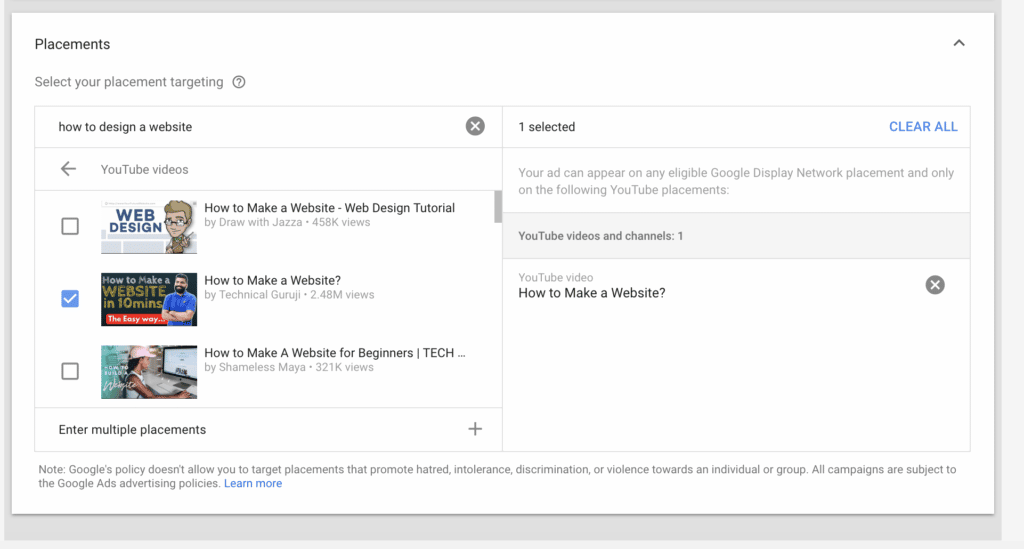
Speaking of not caring about what people watch but only caring about the fact that people are interested in my services, this is why I also didn't limit the "Excluded Content."

2. You Can Exclude Showing Your Brand's Ads Before Content that contains profanity, sensitive social issues, sexually aggressive or sensational and shocking. This probably makes all of you B2B marketers feel better, right? Good, it should. Moving on.
3. Google Ads has 7 different types of Campaign Objectives now; there are 4 that you can run YouTube Video Ads against: Leads, Website Traffic, Product and Brand Consideration or Brand Awareness and Reach.
If you select "Leads" or "Website Traffic" Google Ads makes you have conversion tracking installed on your website. As such, assuming you select one of these campaign types and move forward with a campaign, you'll only have the ability to select the "Cost Per Acquisition" Bidding Option explained below.
If you select "Product and Brand Consideration" or "Brand Awareness and Reach" it will make you select from one of these categories below... and it will only allow you to optimize your bidding by the Cost Per View or Impression Option explained below.

I recommend trying all objectives to see how well they work, but starting with a Brand Awareness and Reach or Product and Brand Consideration (difference here being you have an eCommerce Store), and selecting Standard if non-eCommerce, or Shopping if eCommerce.
4. Cost Per View vs. Cost Per Impression vs. Cost per Acquisition.
As mentioned above, there are reasons why you'd see all options but have some of them grayed out in Google Ads. Overall, you just want to use this section to determine how much you're willing to pay for one either view or lead.
I decided I'd pay around five cents for a view, but $5 for a lead. We'll see how that works and report back. 🙂
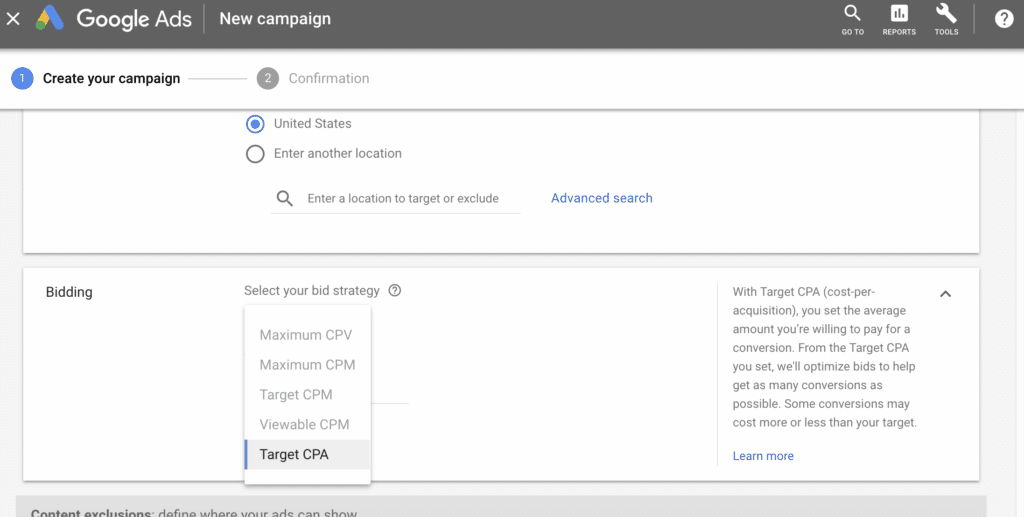
Here are some additional related resources that you may need to look at before getting your campaigns up and running.
So, here's how I ended up doing it.
1. I set these settings under "Audience"

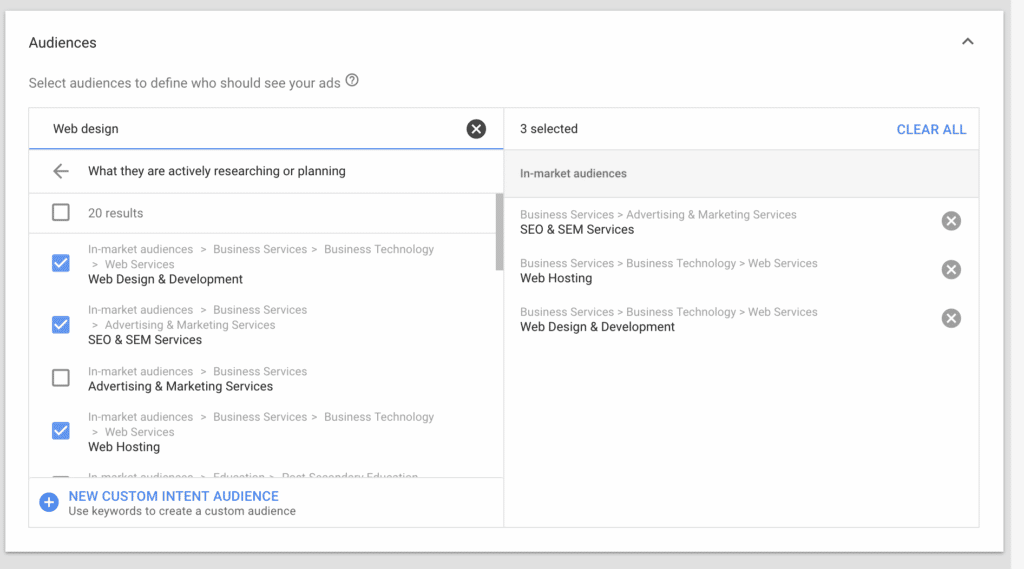
2. I ignored these under keywords (again, I didn't want to limit my reach to people searching for specific items on YouTube).

3. I ignored the "Video" and "Channel" Narrowing options mentioned above, and filled out my ad details and start and end dates and budget.
Whew. So, coming soon to a YouTube PreRoll near you (only if you're in need of a new website and have been researching companies on Google), this ad... 🙂

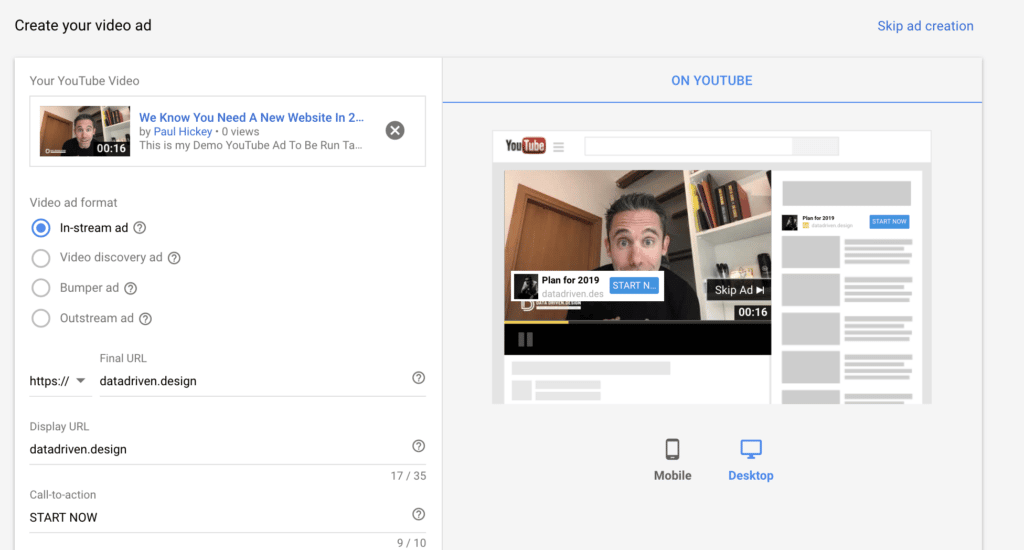

So whether or not you're the company that's needing to target Moms age 24-65 planning family vacations, or the company targeting people that work for office buildings with more than 200 offices and 20 public restrooms that need B2B plumbing services (or anything in between), this type of marketing is what you need to be executing now.
- Google Tag Manager (instructions here on how to set up Tag Manager and create tags).
- Google Ads Conversion Tracking: How to set it up properly.
Thanks for reading, watching and listening, and have a great day!
KEEP MARKETING!
Paul Hickey, Founder / CEO / Lead Strategist at Data Driven Design, LLC has created and grown businesses via digital strategy and internet marketing for more than 10 years. His sweet spot is using analytics to design and build websites and grow the audience and revenue of businesses via SEO/Blogging, Google Adwords, Bing Ads, Facebook and Instagram Ads, Social Media Content Marketing and Email Marketing. The part that he’s most passionate about is quantifying next marketing actions based on real data.
